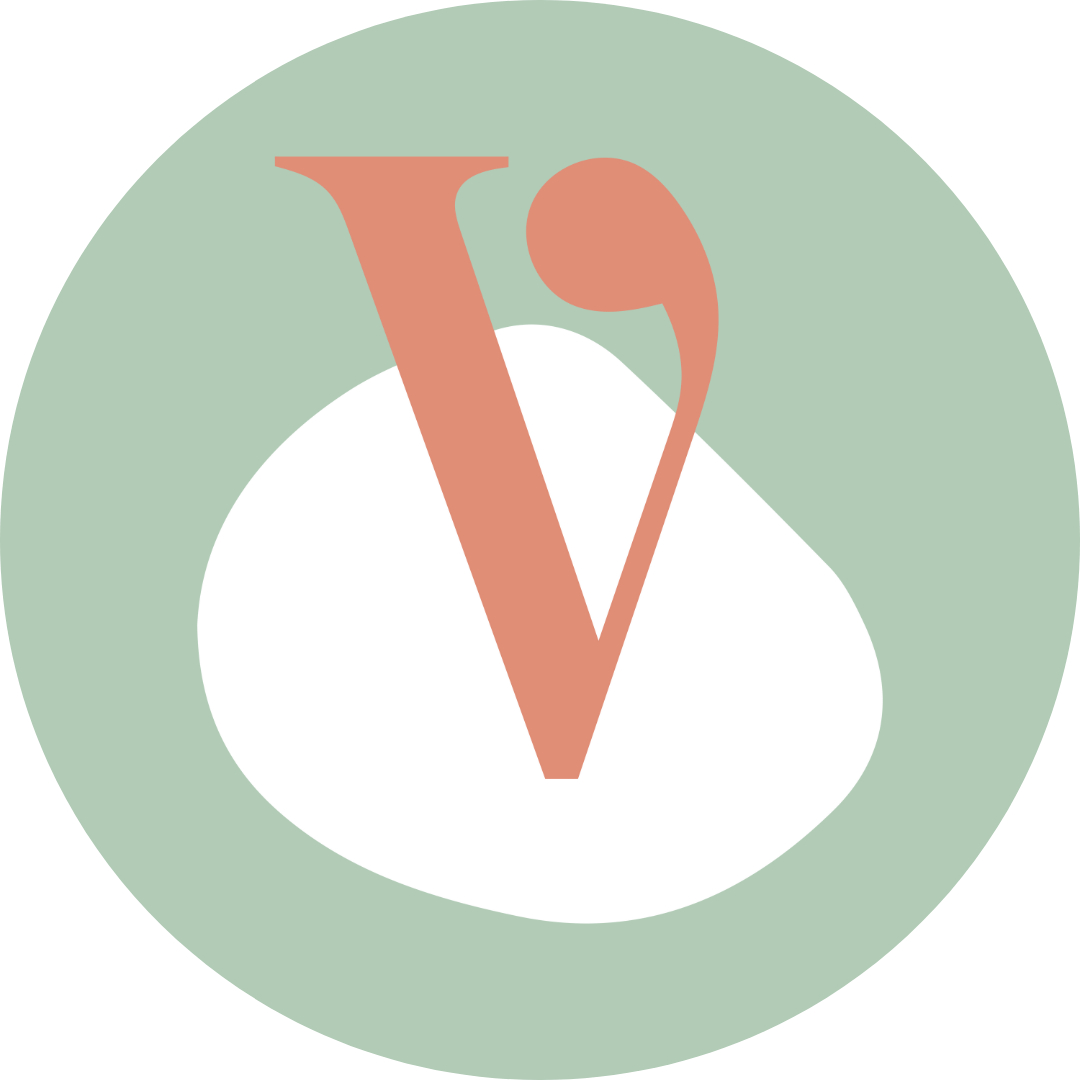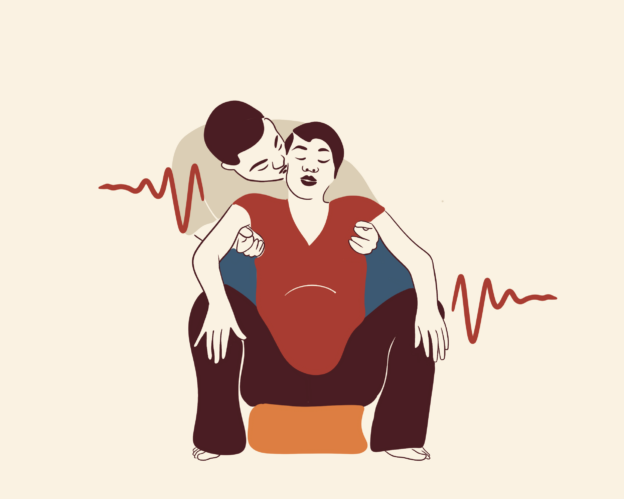Geschreven door: Nadine Achtereekte
Gepubliceerd op: 24 januari 2024
Pijn bij de baring kan op diverse manieren bestreden worden. Zo zijn er diverse ‘niet-medicamenteuze pijnstillingsopties’. Hele mond vol, maar daarmee bedoelen we manieren om de pijn te verlichten, zonder medicatie. Deze manieren van pijnstilling richten zich vooral op de beleving en gewaarwording van pijn. Voorbeelden hiervan zijn de TENS, massage, hypnose, acupunctuur, aromatherapie, warm water (douche/bad) en steriele waterinjecties. Naast deze niet-medicamenteuze vormen van pijnstilling zijn er ook pijnstillende medicijnen. Medicamenteuze pijnstilling wordt altijd in het ziekenhuis gegeven. Een bevalling wordt in dit geval ‘medisch’ en veelal overgenomen door de tweedelijnszorg. Voorbeelden van medicamenteuze pijnstilling zijn morfine-achtige medicijnen en een ruggenprik (epiduraal). In dit artikel worden de niet-medicamenteuze pijnstillingsopties toegelicht. Per type pijnstilling wordt besproken wat het is, welk effect het heeft op baringspijn en wat de effecten zijn voor moeder en kind.
Inhoud volledige artikel
- Acupunctuur/Acupressuur
- Aromatherapie
- Baringshoudingen en bewegen
- Bevalbad
- Biofeedback
- Continue ondersteuning
- Douche
- Hypnose
- Massage
- Muziektherapie
- Steriel water injecties
- TENS
- Virtual Reality
- Abbott DW, Rollins JB, Jones J. The effects of electromyographic biofeedback-assisted relaxation on Lamaze childbirth. American Journal of Clinical Biofeedback 1978;1(1):23.
Abdolahian, S., Ghavi, F., Abdollahifard, S., & Sheikhan, F. (2014). Effect of Dance Labor on the Management of Active Phase Labor Pain & Clients’ Satisfaction: A Randomized Controlled Trial Study. Global Journal of Health Science, 6(3). https://doi.org/10.5539/gjhs.v6n3p219 Akin, B., Kocak, M. Y., Kucukaydin, Z., & Güzel, K. (2021). The Effect of Showing Images of the Foetus with the Virtual Reality Glass During Labour Process on Labour Pain, Birth Perception and Anxiety. Journal of Clinical Nursing, 30(15–16), 2301–2308. https://doi.org/10.1111/jocn.15768 Bedwell, C., Dowswell, T., Neilson, J. P., & Lavender, T. (2011). The use of transcutaneous electrical nerve stimulation (TENS) for pain relief in labour: a review of the evidence. Midwifery, 27(5), e141–e148. https://doi.org/10.1016/j.midw.2009.12.004 Biofeedback Vereniging Nederland. (2021, 11 oktober). Biofeedback. Geraadpleegd op 20 december 2023, van https://biofeedbackvereniging.nl/wat-is/ Bohren, M. A., Hofmeyr, G. J., Sakala, C., Fukuzawa, R. K., & Cuthbert, A. (2017). Continuous support for women during childbirth. The Cochrane library, 2017(8). https://doi.org/10.1002/14651858.cd003766.pub6 Catharina Ziekenhuis. (2022, 26 april). Pijneducatie: informatie over pijn. Geraadpleegd op 4 juli 2022, van https://www.catharinaziekenhuis.nl/patientenfolders/pijneducatie-informatie-over-pijn-psv-010/#:%7E:text=De%20definitie%20van%20pijn%20die,termen%20van%20een%20dergelijke%20beschadiging.%E2%80%9D Chen, S., Wang, C., Chan, P. T., Chiang, H., Hu, T., Tam, K. W., & Loh, E. W. (2019). Labour pain control by aromatherapy: A meta-analysis of randomised controlled trials. Women and Birth, 32(4), 327–335. https://doi.org/10.1016/j.wombi.2018.09.010 Chen, Y. S., Xiang, X., Chin, K. H. R., Gao, J., Wu, J., Lao, L., & Chen, H. (2021). Acupressure for labor pain management: a systematic review and meta-analysis of randomized controlled trials. Acupuncture in Medicine, 39(4), 243–252. https://doi.org/10.1177/0964528420946044 Cho, S. W., Lee, H., & Ernst, E. (2010). Acupuncture for pain relief in labour: a systematic review and meta-analysis. Bjog: An International Journal Of Obstetrics And Gynaecology, 117(8), 907–920. https://doi.org/10.1111/j.1471-0528.2010.02570.x Cyna, A. M., McAuliffe, G. L., & Andrew, M. I. (2004). Hypnosis for pain relief in labour and childbirth: a systematic review. BJA: British Journal of Anaesthesia, 93(4), 505–511. https://doi.org/10.1093/bja/aeh225 De Boer, J. B., & De Roon-Immerzeel, A. (2013, november). KNOV-standpunt Voorlichting over pijn en pijnbehandelingen tijdens de baring. Koninklijke Nederlandse Organisatie van Verloskundigen. Derry, S., Straube, S., Moore, R., Hancock, H., & Collins, S. (2012). Intracutaneous or subcutaneous sterile water injection compared with blinded controls for pain management in labour. The Cochrane library. https://doi.org/10.1002/14651858.cd009107.pub2 Dowswell, T., Bedwell, C., Lavender, T., & Neilson, J. P. (2009). Transcutaneous electrical nerve stimulation (TENS) for pain management in labour. Cochrane Database of Systematic Reviews. https://doi.org/10.1002/14651858.cd007214.pub2 Duchene P. Effects of biofeedback on childbirth pain. J Pain Symptom Manage. 1989 Sep;4(3):117-23. doi: 10.1016/0885-3924(89)90004-3. PMID: 2778359. Erdoğan, S., Yanikkerem, E., & Goker, A. (2017). Effects of low back massage on perceived birth pain and satisfaction. Complementary Therapies in Clinical Practice, 28, 169–175. https://doi.org/10.1016/j.ctcp.2017.05.016 Gatelli L, Panzeri M, Casadei D, Pagan F. Obstetric psychophysiology and quality of the experience of labour/delivery: application within hospitals. Medicina Psicosomatica 2000;45:89–100 Gur, E., & Apay, S. E. (2020). The effect of cognitive behavioral techniques using virtual reality on birth pain: a randomized controlled trial. Midwifery, 91, 102856. https://doi.org/10.1016/j.midw.2020.102856 Hutton, E. K., Kasperink, M., Rutten, M., Reitsma, A., & Wainman, B. (2009). Sterile water injection for labour pain: a systematic review and meta-analysis of randomised controlled trials. Bjog: An International Journal Of Obstetrics And Gynaecology, 116(9), 1158–1166. https://doi.org/10.1111/j.1471-0528.2009.02221.x Koyucu, R. G., Demirci, N., Yumru, A. E., Salman, S., Ayanoğlu, Y., Tosun, Y., & Tayfur, C. (2017). Effects of Intradermal Sterile Water Injections in Women with Low Back Pain in Labor: A Randomized, Controlled, Clinical Trial. Balkan Medical Journal, 35(2), 148–154. https://doi.org/10.4274/balkanmedj.2016.0879 Lawrence, A., Lewis, L., Hofmeyr, G. J., & Styles, C. (2013). Maternal positions and mobility during first stage labour. Cochrane Database of Systematic Reviews. https://doi.org/10.1002/14651858.cd003934.pub4 Lee, S., Liu, C., Lu, Y., & Gau, M. (2013). Efficacy of Warm Showers on Labor Pain and Birth Experiences During the First Labor Stage. Journal of Obstetric, Gynecologic, & Neonatal Nursing, 42(1), 19–28. https://doi.org/10.1111/j.1552-6909.2012.01424.x Liu, Y., Chang, M., & Chen, C. H. (2010). Effects of music therapy on labour pain and anxiety in Taiwanese first-time mothers. Journal of Clinical Nursing, 19(7–8), 1065–1072. https://doi.org/10.1111/j.1365-2702.2009.03028.x Loayza, I. M. B., Solà, I., & Prats, C. (2011). Biofeedback for pain management during labour. The Cochrane library. https://doi.org/10.1002/14651858.cd006168.pub2 Mackenzie, I. Z., Xu, J., Cusick, C., Midwinter-Morten, H., Meacher, H., Mollison, J., & Brock, M. (2011). Acupuncture for pain relief during induced labour in nulliparae: a randomised controlled study. Bjog: An International Journal Of Obstetrics And Gynaecology, 118(4), 440–447. https://doi.org/10.1111/j.1471-0528.2010.02825.x Madden, K., Middleton, P., Cyna, A. M., Matthewson, M., & Jones, L. V. (2016). Hypnosis for pain management during labour and childbirth. The Cochrane library, 2016(5). https://doi.org/10.1002/14651858.cd009356.pub3 Miquelutti, M. A., Cecatti, J. G., & Makuch, M. Y. (2007). Upright position during the first stage of labor: a randomised controlled trial. Acta Obstetricia et Gynecologica Scandinavica, 86(5), 553–558. https://doi.org/10.1080/00016340601185251 Njogu, A., Qin, S., Chen, Y., Hu, L., & Luo, Y. (2021). The effects of transcutaneous electrical nerve stimulation during the first stage of labor: a randomized controlled trial. BMC Pregnancy and Childbirth, 21(1). https://doi.org/10.1186/s12884-021-03625-8 Shahoei, R., Shahghebi, S., Rezaei, M., & Naqshbandi, S. (2017). The effect of transcutaneous electrical nerve stimulation on the severity of labor pain among nulliparous women: A clinical trial. Complementary Therapies in Clinical Practice, 28, 176–180. https://doi.org/10.1016/j.ctcp.2017.05.004 Shaterian, N., Pakzad, R., Fekri, S. D., Abdi, F., Shaterian, N., & Shojaee, M. (2021). Labor Pain in Different Dilatations of the Cervix and Apgar Scores Affected by Aromatherapy: A Systematic Review and Meta-analysis. Reproductive Sciences, 29(9), 2488–2504. https://doi.org/10.1007/s43032-021-00666-4 Simavli, S., Gumus, I. I., Kaygusuz, I., Yildirim, M., Usluogullari, B., & Kafali, H. (2014). Effect of Music on Labor Pain Relief, Anxiety Level and Postpartum Analgesic Requirement: A Randomized Controlled Clinical Trial. Gynecologic and Obstetric Investigation, 78(4), 244–250. https://doi.org/10.1159/000365085 Simkin P, Bolding A. Update on nonpharmacological approaches to relieve labor pain and prevent suffering. Journal of Midwifery & Women’s Health 2004;49(6): 489–504. Smith, C., Collins, C. T., Crowther, C. A., & Levett, K. M. (2011). Acupuncture or acupressure for pain management in labour. The Cochrane library. https://doi.org/10.1002/14651858.cd009232 Smith, C., Levett, K. M., Collins, C. T., Dahlen, H. G., Ee, C., & Suganuma, M. (2018). Massage, reflexology and other manual methods for pain management in labour. The Cochrane library, 2018(3). https://doi.org/10.1002/14651858.cd009290.pub3 St James-Roberts I, Chamberlain G, Haran FJ, Hutchinson CM. Use of electromyographic and skin-conductance biofeedback relaxation training of facilitate childbirth in primiparae. J Psychosom Res. 1982;26(4):455-62. doi: 10.1016/0022-3999(82)90021-6. PMID: 6754923. Taavoni, S., Abdolahian, S., Haghani, H., & Neysani, L. (2011). Effect of Birth Ball Usage on Pain in the Active Phase of Labor: A Randomized Controlled Trial. Journal of Midwifery & Women’s Health, 56(2), 137–140. https://doi.org/10.1111/j.1542-2011.2010.00013.x Terhune, D., & Lynn, S. J. (2023). De wetenschap achter hypnose. EOS Wetenschap. https://www.eoswetenschap.eu/psyche-brein/de-wetenschap-achter-hypnose?gclid=Cj0KCQjw9deiBhC1ARIsAHLjR2Cm8UZ3n7MGWNZz-aMvl-E0xzXOsGURP2mSaUamcAhxrHmigNfPNxUaAn0vEALw_wcB Thuvarakan, K., Zimmermann, H., Mikkelsen, M. K., & Gazerani, P. (2020). Transcutaneous Electrical Nerve Stimulation As A Pain-Relieving Approach in Labor Pain: A Systematic Review and Meta-Analysis of Randomized Controlled Trials. Neuromodulation, 23(6), 732–746. https://doi.org/10.1111/ner.13221 Universitair Medisch Centrum Groningen. (z.d.). Neuromodulatie: behandeling voor patiënten met ernstige, chronische pijn. umcg.nl. Geraadpleegd op 5 juli 2022, van https://www.umcg.nl/-/neuromodulatie Universitair Pijncentrum Maastricht. (z.d.). Soorten pijn. Geraadpleegd op 4 juli 2022, van https://www.pijn.com/soorten-pijn Van Roest, S. (2021, 1 februari). Hypnose; hoe werkt het en wat kun je ermee? Het NLP Instituut. Geraadpleegd op 21 december 2023, van https://hetnlpinstituut.nl/hypnose-nlp Wat is aromatherapie? (2020, 28 oktober). Stichting Aromatherapie. Geraadpleegd op 9 mei 2023, van https://stichtingaromatherapie.nl/aromatherapie/wat-is-aromatherapie/



